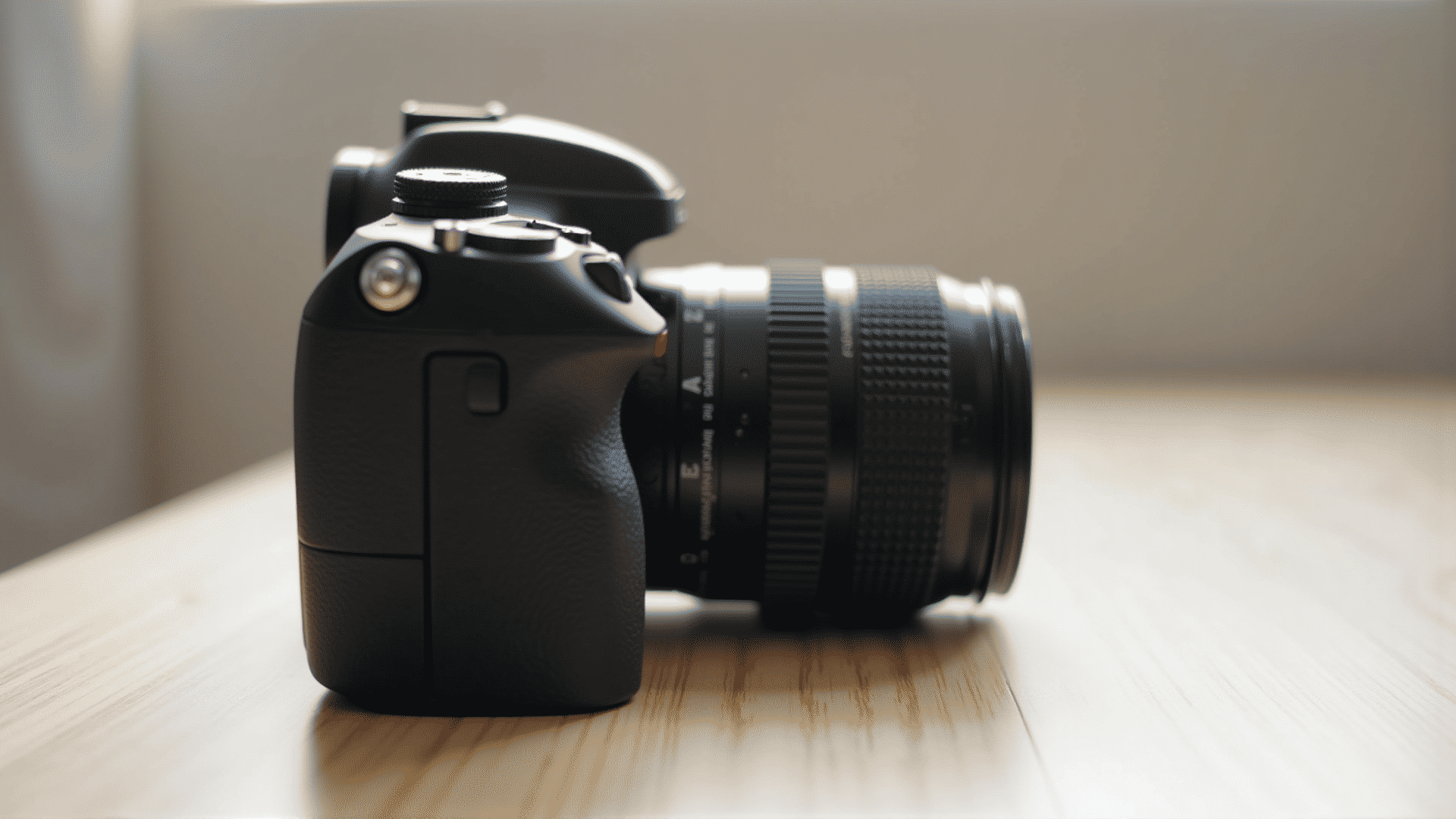Understanding the fundamental settings of a camera can truly elevate your photography skills, transforming ordinary snapshots into extraordinary images. This article delves into the intricacies of aperture, shutter speed, and ISO, and how they converge to craft visually compelling compositions.
Aperture: The Gateway to Depth and Light
Aperture refers to the opening in a lens through which light enters the camera. It's measured in f-stops, such as f/1.8, f/2.8, f/5.6, etc. A smaller number indicates a larger opening, allowing more light to hit the sensor, which is ideal for low-light conditions. This large aperture also creates a shallow depth of field, perfect for portraits with a blurred background effect.
Conversely, a higher f-stop number means a smaller aperture, letting in less light but increasing the depth of field. This setting is beneficial for landscapes or group shots where everything in the frame needs to be in focus. Mastering aperture allows you to control the spotlight on your subject, guiding the viewer's eye exactly where you want it to go.
Shutter Speed: Capturing Motion
Shutter speed determines how long the camera's shutter remains open to expose the sensor to light. It's measured in seconds or fractions of a second, such as 1/500, 1/60, or 5". A fast shutter speed like 1/1000 of a second freezes action, capturing a fleeting moment in sharp detail. This is ideal for fast-moving subjects, from wildlife to sports.
In contrast, a slower shutter speed, such as 1" or longer, captures motion blur. This is useful for creative effects, such as smoothing out flowing water or capturing light trails from moving vehicles. However, slow shutter speeds require stabilization, often necessitating the use of a tripod to avoid camera shake.
ISO: Balancing Sensitivity and Grain
ISO represents the sensitivity of your camera's sensor to light. A lower ISO value (e.g., ISO 100 or 200) is standard for bright environments, contributing to clearer images with finer grain. Higher ISO settings (e.g., ISO 1600 or 3200) increase the sensor's sensitivity, allowing for better performance in dim lighting.
However, increasing ISO can also introduce noise or grain into your images, so striking a balance is crucial. By understanding ISO, you can adjust your camera's light sensitivity to suit the shooting conditions, resulting in sharper images regardless of the environment.
Harmonizing the Trio
These three settings—aperture, shutter speed, and ISO—work in concert to form what is known as the exposure triangle. A change in one component often necessitates an adjustment in one or both of the others to maintain optimal exposure.
For instance, if you're aiming for a shallow depth of field with a wide aperture in a bright scene, a faster shutter speed or a lower ISO might be necessary to prevent overexposure. Conversely, shooting in low light might involve opening the aperture wider, slowing the shutter speed, or raising the ISO to capture enough light.
Conclusion
Mastering these essential camera settings empowers you to unleash your creative potential. By understanding how aperture, shutter speed, and ISO interact, you gain control over the creative and technical aspects of photography, allowing you to capture stunning images that tell your story in a profound and visually engaging manner.
